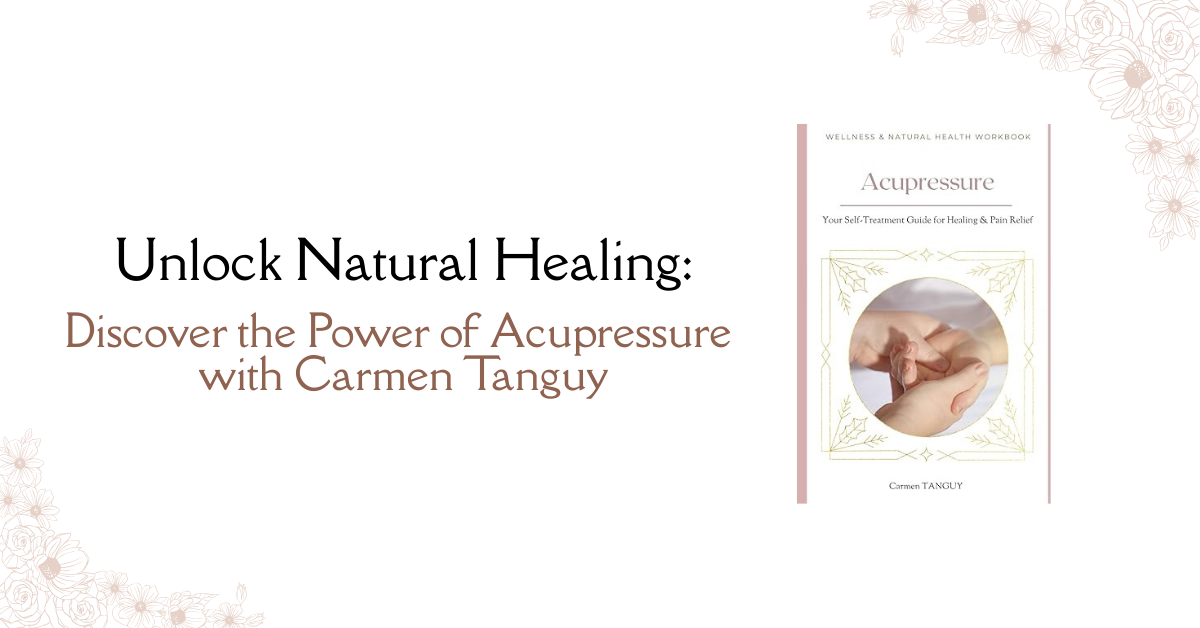Is a single type of workout enough to protect your bones as you age? For those managing or preventing bone loss, the answer is often no. A comprehensive solution lies in multimodal exercise programs combining strength training, balance work, and cardiovascular activity. These programs are especially effective when appropriately structured and tailored to individual needs.
This blog explores the benefits of using a varied approach to exercise for osteoporosis, explaining how each component contributes to stronger bones, better coordination, and reduced fall risk.
Why Bone Health Needs More Than Just Calcium
While nutrition is essential in bone health, physical activity remains a primary factor in preserving and improving bone density. The body responds to physical stress on the bones by building more tissue. Relying solely on walking or a general workout may not offer complete protection. An intentional plan that includes exercise for osteoporosis must target several systems muscular, skeletal, and neurological to produce long-term results and reduce fracture risk.
Strength Training: The Foundation of Bone Support
Resistance-based movements apply mechanical stress to bones, prompting them to strengthen. This includes bodyweight exercises, resistance bands, free weights, and machines. Regular strength training improves bone mineral density, particularly in the spine, hips, and wrists common fracture sites in individuals with low bone mass. Incorporating progressive overload and targeting major muscle groups helps ensure that each exercise session for osteoporosis supports stability and functional movement.
Balance Training: Reducing Fall Risk
Falls are a major contributor to fractures in older adults. Improving balance and proprioception directly reduces this risk. Multimodal programs often include single-leg stands, heel-to-toe walking, and dynamic stability movements. Balance training enhances neuromuscular coordination, making everyday activities safer. Adding balance components to an exercise for osteoporosis plan ensures that strength gains are complemented by better body control and posture.
Cardiovascular Training: Supporting Circulation and Bone Stimulation
Weight-bearing aerobic activity contributes to bone maintenance while also improving cardiovascular health. Brisk walking, stair climbing, and low-impact dancing are excellent options. These activities stimulate the lower body, where bone loss is most common, while supporting heart health. When combined with strength and balance work, cardio training rounds out an effective exercise for osteoporosis strategy that promotes longevity and physical independence.
Putting It All Together: A Weekly Plan
A successful program should include strength training two to three times per week, balance training at least three times, and moderate aerobic exercise most days. Sessions should be safe, supervised if needed, and adjusted to the individual’s condition and capacity. Customization is key to sustainable and effective exercise for osteoporosis, especially when managing pre-existing health issues or recovering from fractures.
Conclusion
Multimodal training offers a proven, structured approach to strengthening bones, improving balance, and enhancing overall well-being. When done correctly, exercise for osteoporosis can be both safe and transformative. A well-designed plan, grounded in current kinesiology and tailored support, provides the strongest foundation for lifelong bone health. For personalized program design, professional guidance can help ensure every movement works toward a stronger, safer living.











Leave a Reply